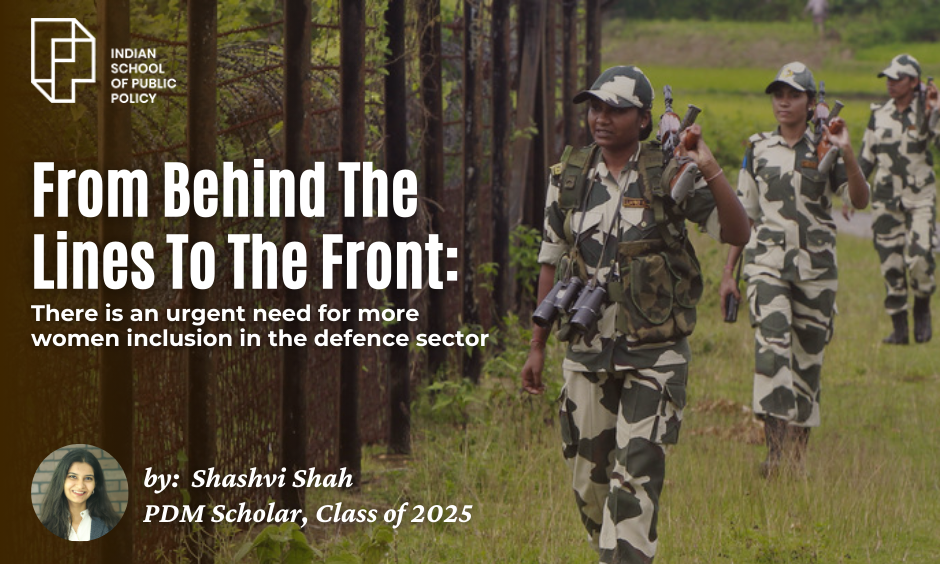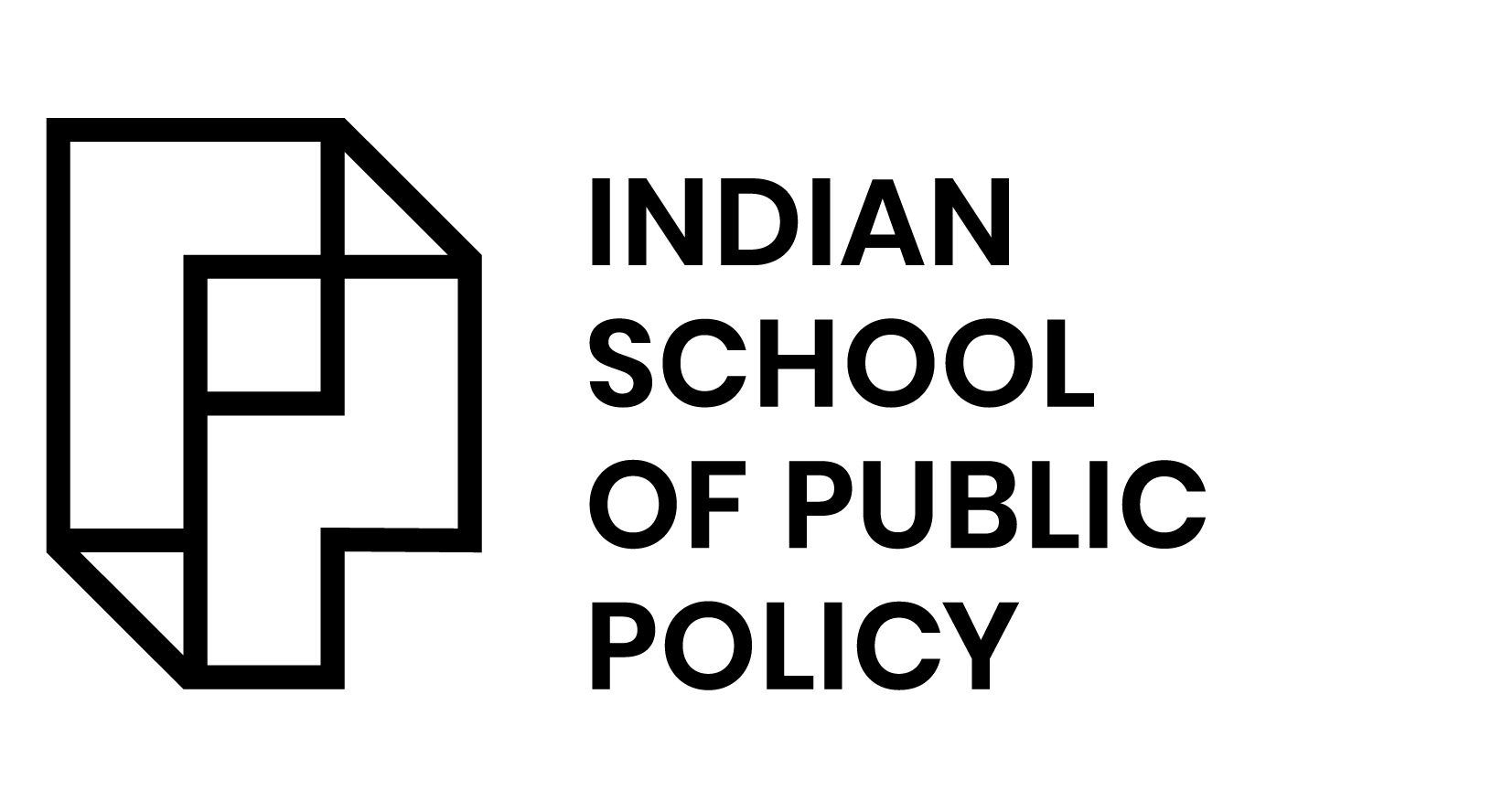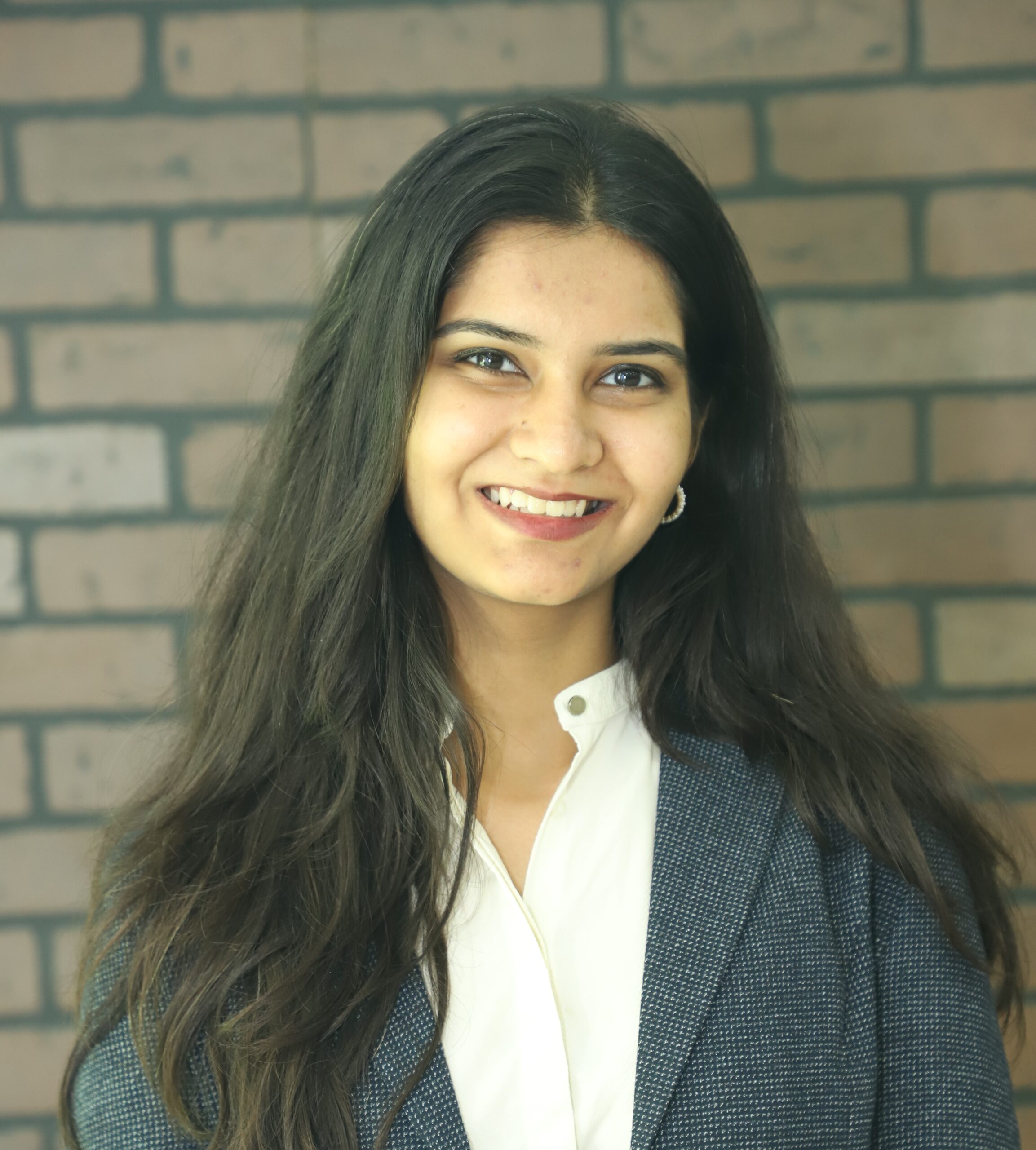
From Behind the Lines to the Front: there is an urgent need for more women inclusion in the defence sector

A ship in the middle of the storm with only half of the sail set will not be capable of moving. This is our reality in the defence sector- we are not fully utilising all we can from women. The question arises as to whether as a nation we can continue to neglect the very women that could be our nation’s best defenders. The ‘defence’ sector regarded as the cornerstone to protect a nation’s sovereignty has historically been a domain dominated by men. Although, in the recent past, focused work has been prevalent in the area of diversity and inclusion in this critical area of study. It’s surprising how deafeningly quiet the situation is when it comes to the representation of females specifically.
Promising operational performance can be regarded as one of the most inspiring factors that might help increase women’s participation in the defence field. Research has time and again proven that diverse teams are more innovative, productive and perform better in tackling issues that may arise (Moritz, 2024). Especially in a field such as defence where speed and wit are valuable commodities, having different perspectives may make a lot of difference. At times of conflict or humanitarian missions, female soldiers can observe and communicate with women in culturally sensitive parts of the world where men cannot due to taboos. For example, every women’s teams that served with special operations forces in Iraq and Afghanistan (Irvin, 2024) were able to gain the trust of the local people which men could never do, often yielding mission-critical intelligence. Therefore, by hiring more women for such operations, the military receives better intelligence and actively contributes to successful peacemaking. Since women form more than half of the world’s population, not leveraging on this factor would inevitably mean losing a vital edge.
The presence of women in the defence sector is crucial for challenging and knocking down traditional gender roles. Traditionally, defence has been associated with males since the job requires physical strength and a form of aggression. This outdated stereotype not only keeps women out of the field but also perpetuates the harmful notion that women are inherently incapable of meeting such demands. This stereotype is rapidly being disproved by the women out in different tasking military positions. For example, the growing numbers of women as fighter pilots, naval officers, and special operations forces across the countries including the U.S., India as well as Israel are proving that women are capable of undertaking physically demanding jobs. These pioneers in the defence sector raised the standards and made generations of young people think and look at military service in some other way than to be expected by society. Despite progressive achievements, the numbers show that the defence sector is still far from gender parity. The strength of women officers, as of March 01, 2023, in IAF is 1636, and in the Indian Navy is 748 (Press Information Bureau, 2024). Thus the presence of more women in such positions will progressively demystify these stereotypical impressions which have been firmly entrenched in society.
One considerable weakness of this concept is the effect on cohesiveness, which is a critical component of combat readiness. Military athletes have the trust, mutual dependence, and comradeship that is built through shared experiences and challenging workouts. Some voices argue that the addition of women might upset these dynamics primarily, where male soldiers may feel pressured to defend or ‘replace’ feminized counterparts, triggering tensions, resentment, or reduced motivation. For instance, the former Chief of Army Staff in 2019, General Bipin Rawat, stated that that women in combat roles may have some issues in terms of operational use due to problems with logistics and tradition. He voiced his fears over the impact that would have on the integration or incorporation of women since the male soldiers are likely to guard the women so much that their strategies and performance in particular operations will be interfered with.
I believe that, in today’s world, women are painting their own canvas across every sector, going beyond the traditional boundaries and redefining what’s possible. From the roles of nurturing as homemakers to CEOs, from sports to the terrains and command operations, women are not only participating but leading and creating in these fields. According to me, the inclusion of women in the defence sector is no longer a question of ‘if’ but of ‘when.’ The Armed forces that are more diverse are more potent and better placed to address the multifaceted issues in the 21st century. The United Nations has revealed that the chances of a negotiated peace deal holding for more than 15 years rise by 35% when women are involved.
As the battlefield evolves, so too must the forces that defend it. Excluding half of the population in the so-called culture and tradition is not only a thing of the past, but it is also not very wise from a business perspective. Consequently, women provide hidden potential in terms of intellectual skills, creative solutions, and readiness to lead. The future of defence is not about who can compete, but who cannot be excluded. This shows that the true potential of strength of a military force is not about excluding women, but in utilising every capable personnel, men or women.
(Blog cover image courtesy: Image: REUTERS/Jayanta Dey)
Register your Interest to Study at ISPP
References:
1 . Moritz, R., 2024, Why gender inclusion is an imperative for future-ready workplaces. World Economic Forum. Available at: https://www.weforum.org/stories/2024/03/why-gender-inclusion-is-a-imperative for-future-ready-workplaces/
2 . Irvin, D., 2024, How Gender Diversity improves defense operations. RAND Corporation Available at: https://www.rand.org/pubs/articles/2024/how-gender-diversity-improves-defense-operations.html
3. Press Information Bureau, 2024, Government of India’s key initiatives for women empowerment in defence sector. Available at: https://pib.gov.in/PressReleaseIframePage.aspx?PRID=1908062

Shashvi Shah
PDM Scholar, Class of 2025
Shashvi Shah’s extraordinary journey from a top-ranked business graduate to a leader in social impact is reshaping the future. With a top 5% academic record from Ahmedabad University and a portfolio of accolades, including the Outstanding Performance and Impact on Community Award, Shashvi is a force to be reckoned with. As a Millennium Fellow recognised by the United Nations Academic Impact and a Diversity, Equity, and Leadership Fellow at GCNYC, Shashvi Saurin Shah has been a catalyst for transformative change and inclusivity. Her journey spans selection in prestigious exchange programmes in Poland and Santiago and extends to leading groundbreaking menstrual hygiene initiatives as a programme manager at MAHS. Shashvi’s global and local efforts vividly illustrate her unwavering commitment to social betterment. As an ISPP Scholar, Shashvi is set to harness her expertise and insights to ignite revolutionary changes and redefine public policy for a more equitable future.
LinkedIn: https://www.linkedin.com/in/shashvi-shah-a803991a1/


